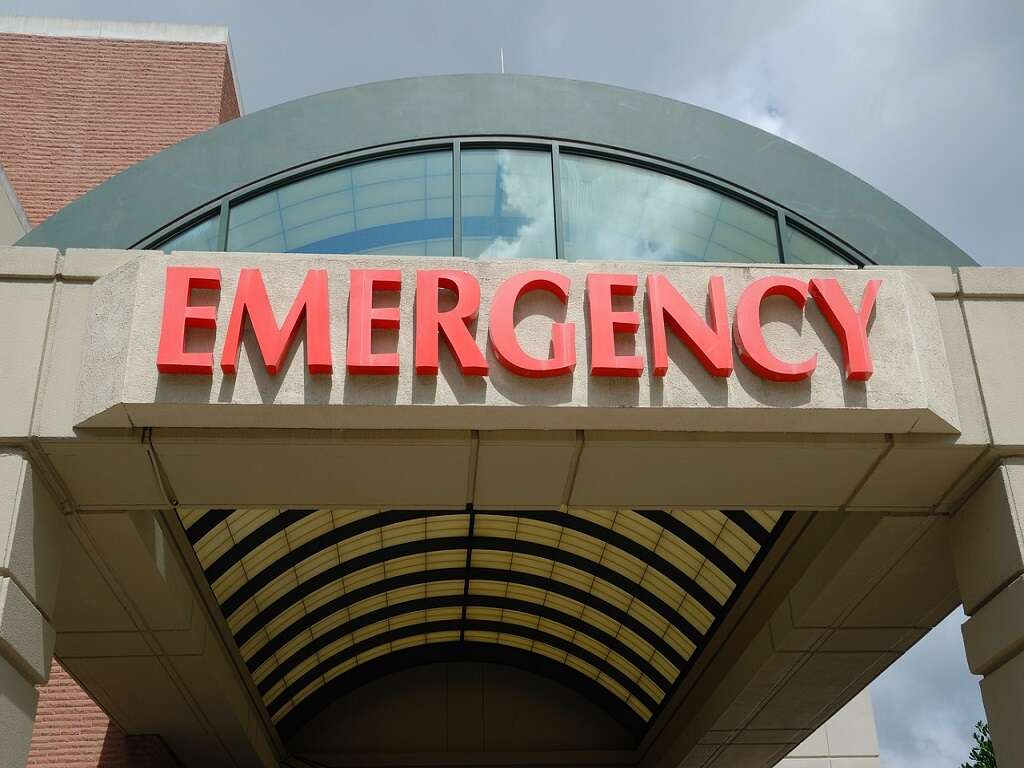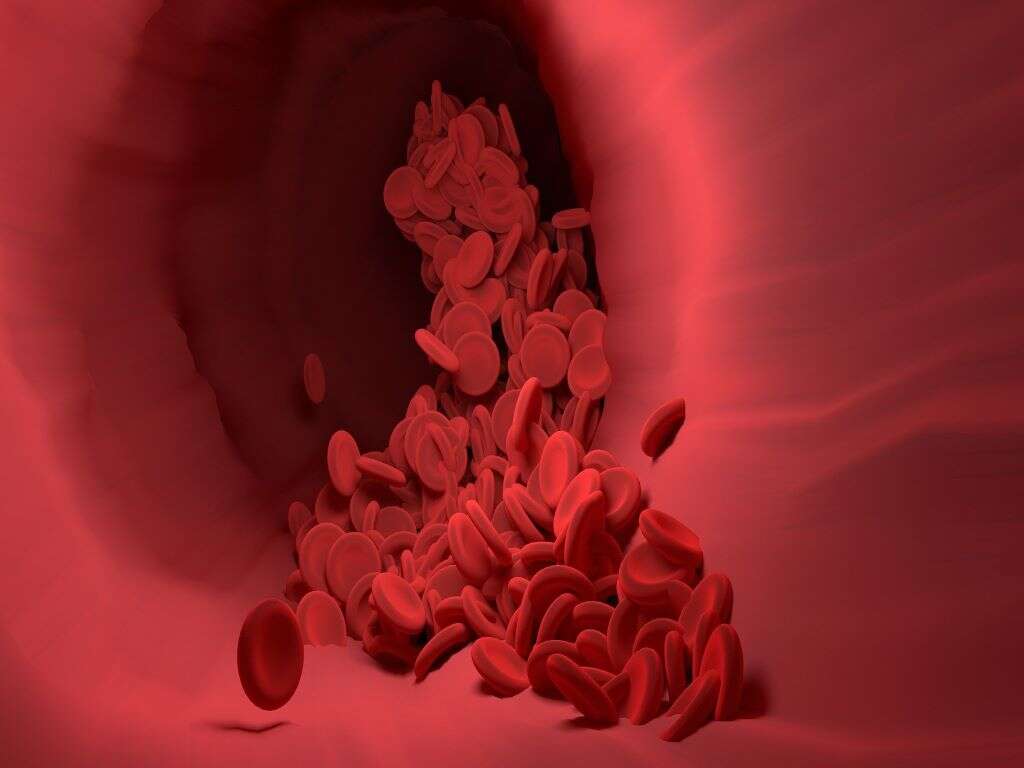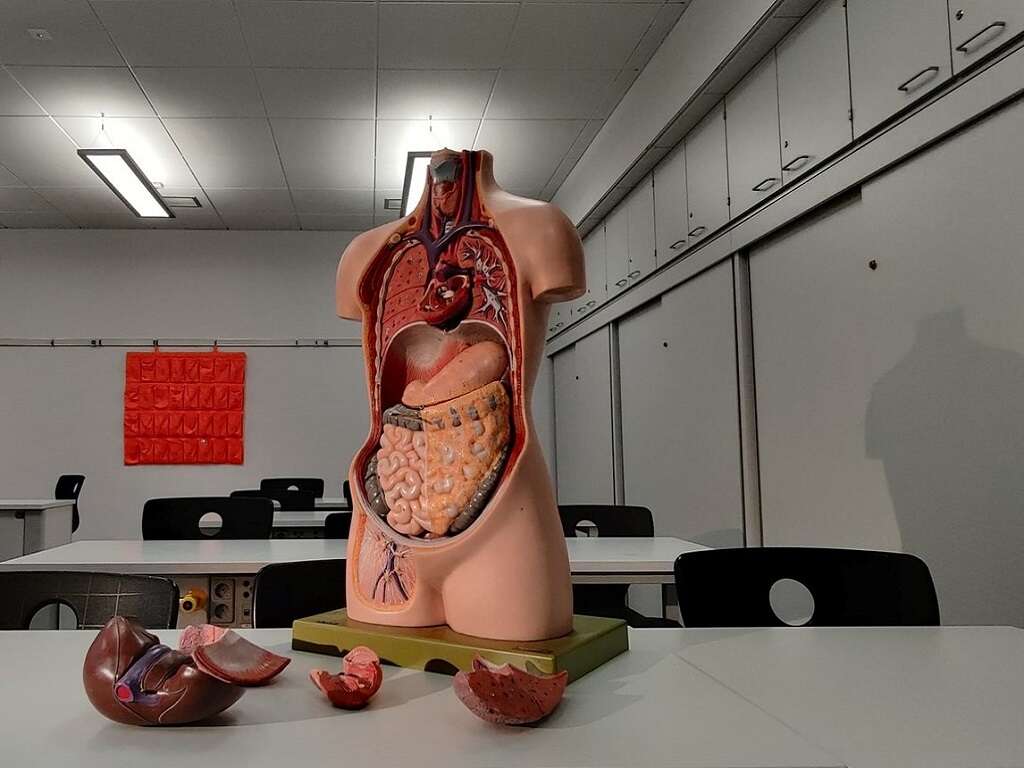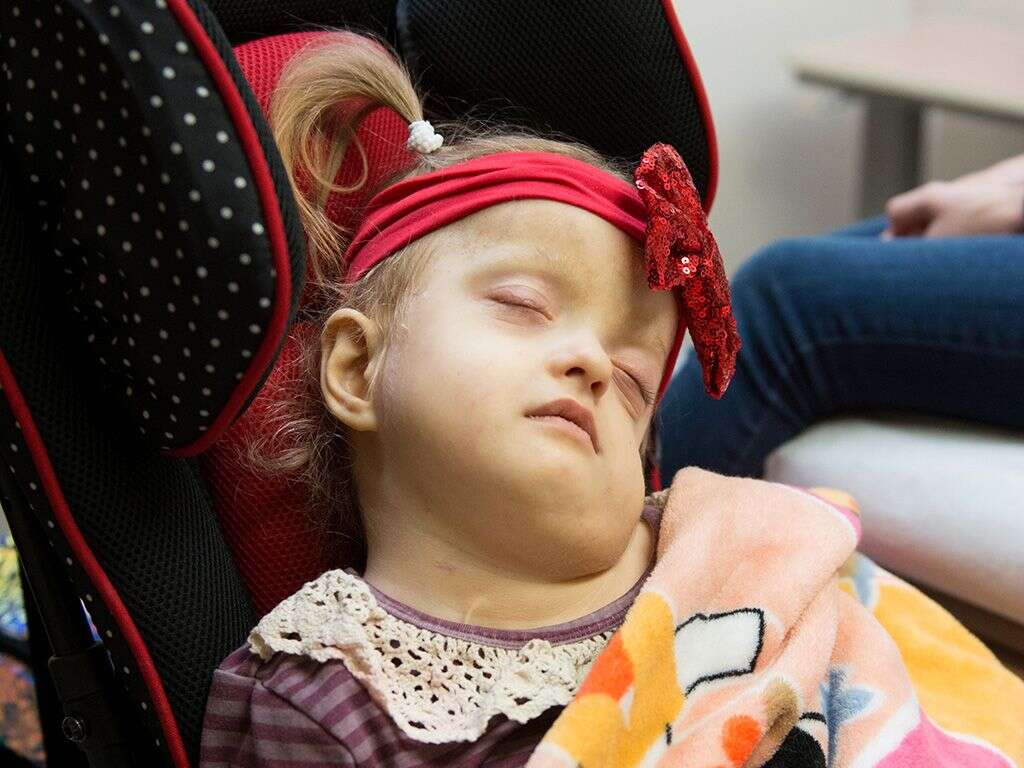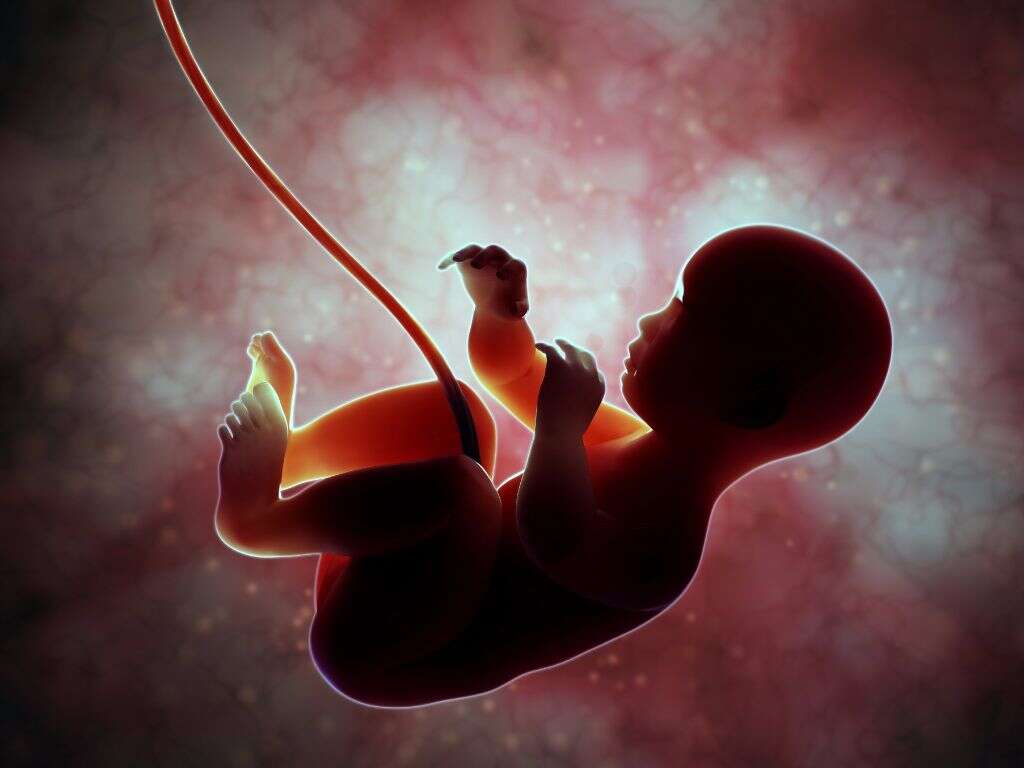What Is Klippel Trenaunay Syndrome?
Klippel Trenaunay syndrome (KTS) is a rare condition that can be either present at birth or develop during early infancy. It affects blood vessels, soft tissues, and bones; and it is most frequently seen in the lower limb and less commonly in the upper extremity and trunk. The exact cause of the condition is still not completely understood. The only way to treat this condition is by managing the symptoms through a variety of approaches including medications, physiotherapy, and surgery.
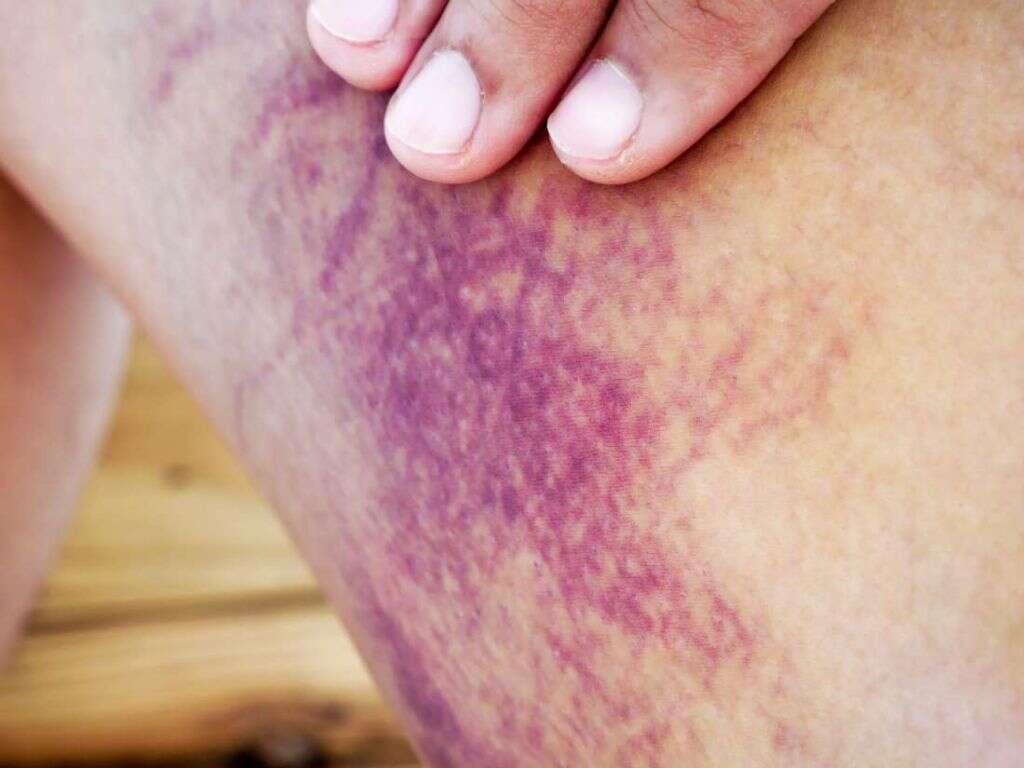
1. Port Wine Stain
This is one of the most obvious signs of KTS that is detectable from birth. A port-wine stain is a hemangioma, which is a benign vascular tumor made of blood vessels. It appears as well-defined pink (salmon pink) or purple birthmark and may vary greatly in size and shape depending on the limb affected. Also, as a person ages, the stain can become darker. This mark is usually flat, but more commonly it can have a verrucous quality (nevus flammeus type). Finally, hemangiomas will often be located on one side of the affected limb.
Importantly, these lesions can vary in depth. They can either only involve the skin or extend to deeper tissues like muscles, organs, and bones.

2. Varicose Veins
Varicose veins are veins that become enlarged and twisted due to increased venous pressure. This condition is fairly common and is mostly caused by venous insufficiency, which simply means that there is a problem (i.e. weak or damaged venous valve) that causes the blood in certain veins to flow backward and accumulate. This causes veins to stretch or twist, and depending on the severity it can be either cosmetically disfiguring and uncomfortable or produce systemic consequences.
For different causes, in people with KTS, varicose veins are present since birth (congenital); however, most may not be evident until the infant starts to walk. They can be fairly extensive, affecting the lower extremities and the pelvic region. Moreover, pain and lymphedema (swelling due to build-up of lymph fluid in the extremity) have also been reported by patients with KTS. Furthermore, there can be a large and lateral superficial vein present at birth, known as the Klippel-Trenaunay vein. It usually runs from the foot or lower leg to the thigh or gluteal region.
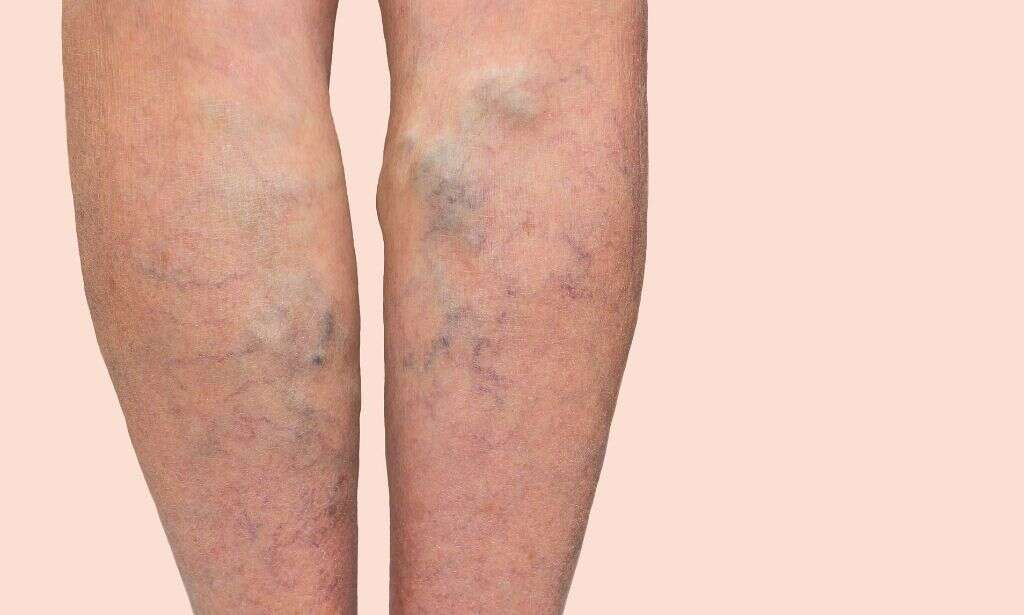
3. Limb Hypertrophy
Limb hypertrophy or enlargement usually affects the lower extremities; however, it can also affect the trunk, head, and neck. This hypertrophy can be due to an increase in length or girth of the limb. Changes in girth are due to hypertrophy of the soft tissues (skin and muscles), while changes in limb length are due to bone overgrowth.
Differences in limb length can cause unstable gait, uneven walking, and even pain. Hip and back problems also often result.
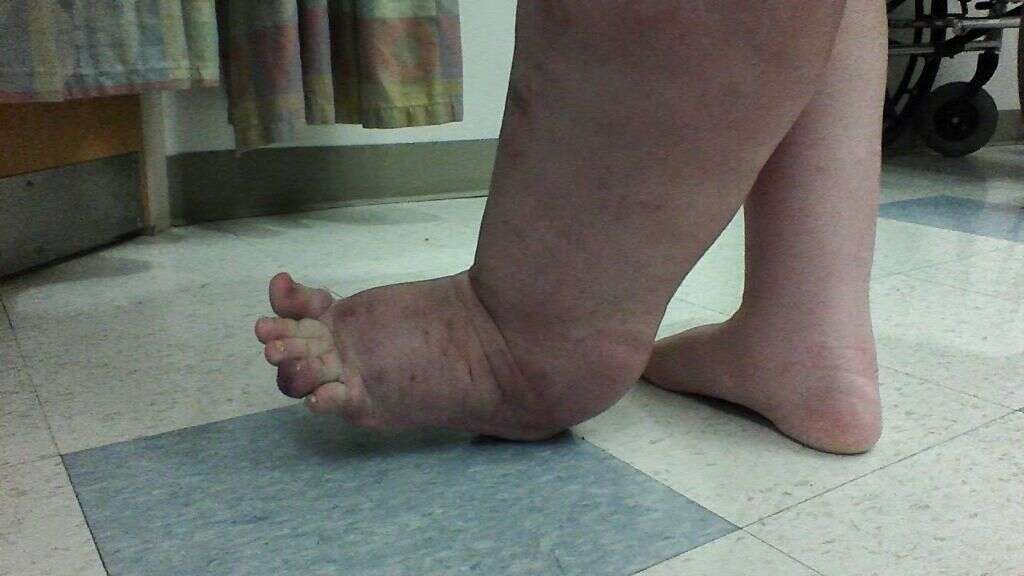
4. Lymphatic Abnormalities
The lymphatic system is part of the immune system, and it is made up of a network of tissues, vessels, and organs that work together to drain and move a colorless fluid (lymph) back into the bloodstream. When the lymphatic system malfunctions, it can cause a myriad of problems.
In KTS malformations of the lymphatic system can be present and manifest as lymphedema of the affected extremity. The malformations include hyperplasia (excessive proliferation of lymphatic tissue) hypoplasia (incomplete development) or aplasia (absence) of the lymphatic vessels.

5. Skin Problems
Apart from hemangiomas, other skin problems may develop in people with KTS. Skin ulceration, bleeding, and secondary infections can occur as complications of both hemangiomas and varicosities.
Other complications of varicosities include skin inflammation (stasis dermatitis) and ulcer formation due to fluid build-up (stasis ulcers).

6. Cellulitis
As mentioned above, KTS patients are at increased risk of suffering cellulitis as a complication of varicosities or hemangiomas. This is a bacterial skin infection that can occur anywhere on the body. It makes the skin appear red and swollen. The affected area may also feel hot to the touch.
This infection can easily spread via the lymphatic system and affect surrounding soft tissues. If it gets into the bloodstream it can become life-threatening. At this stage, symptoms will also include pain around the affected area, fever, fatigue, blisters, and leakage of pus. This condition is normally treated effectively through the use of antibiotics.

7. Chronic Pain
With the many symptoms that a KTS carrier has to endure, it comes as no surprise that chronic pain becomes a part and parcel of life. Varicose veins can often become painful when severely enlarged. With the unbalanced gait that comes from having one limb longer than the other, many will develop back and hip pain.
In cases of curvature of the spine, or scoliosis, the ribcage may end up pressing on the heart and lungs, making it harder and more painful for them to function normally. Skin and soft tissue infections also become a common recurrence that is accompanied by sensations of pain.

8. Internal Bleeding
In KTS, internal hemorrhage is rare but can be life-threatening. It can occur secondary to hemangiomas that form on the surface of organs. This can include organs like the liver, spleen, lungs (pleura), bladder, or colon.
Patients with this condition can present with blood in the urine (hematuria) or the feces (hematochezia).

9. Deep Vein Thrombosis (DVT)
This particular condition is noteworthy as it can lead to a life-threatening condition called a pulmonary embolism. In KTS, malformations can occur in deep veins, leading to an increased risk for deep vein thrombosis (DVT).
DVT refers to the formation of blood clots (thrombi) in one or more of the deep veins in your body (usually in the lower limbs). This clot can obstruct the blood flow through the vein, causing pain and swelling of the affected limb. Should a clot in a vein break off, there is a good chance of it finding its way to the lungs. Here, it can cause a blockage to blood flow. This can then cause the lungs to fail to function properly and turn fatal. Symptoms of a pulmonary embolism include sudden shortness of breath, elevated heart rate, chest pain, and coughing up blood.

10. Hand Deformities
Although less common, this sign is unique and another indicator from birth that a baby may have KTS. There are two typical malformations of the hand that some KTS patients experience. The first is polydactyly. This condition is characterized by the presence of an extra finger on the hand or an extra toe on the foot.
It can occur on one or more limbs. The extra finger is typically smaller than the others. The second malformation that can occur is syndactyly. This is whereby there is a fusion of one or more fingers or toes. This results in webbing that may or may not extend up to the fingertip.




